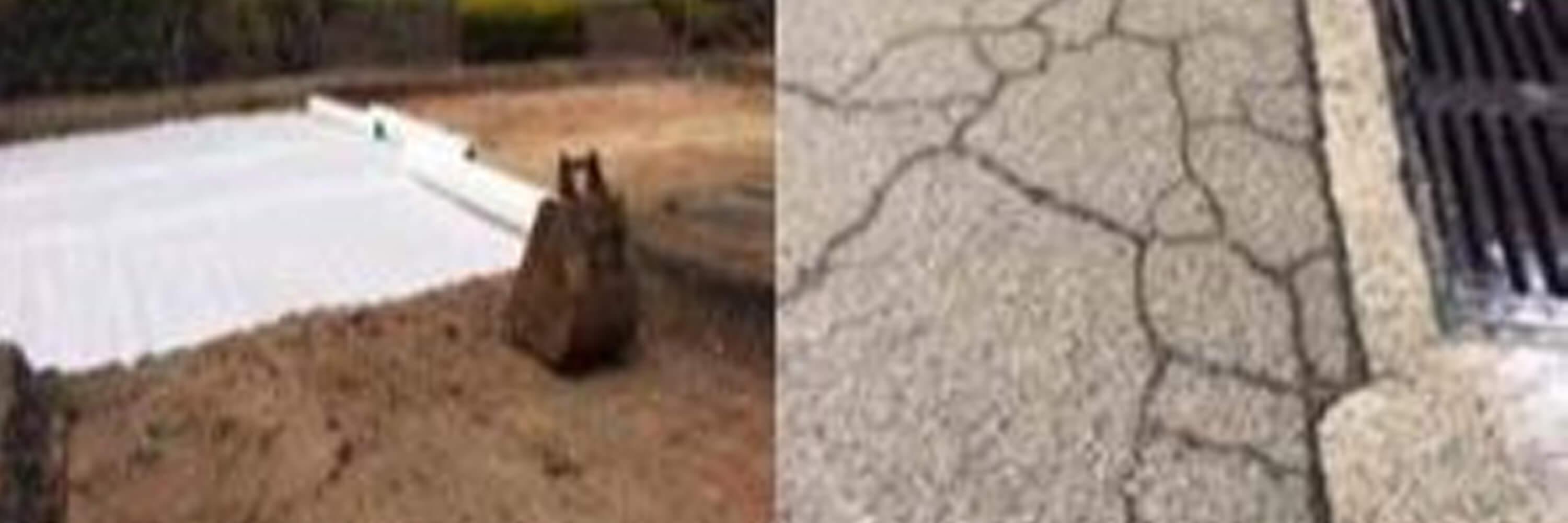The Problem
Rehabilitation of existing Council roads, private roads and carparks is a common problem facing metropolitan Sydney. For this project, a local Sydney Council requested a geosynthetic solution for an existing road and carpark repair.
A typical problem, called “crocodile cracking” is a fatigue-related stress cracking that occurs in flexible pavements. This problem relates to poor subgrade issues coupled with cyclic loading from garbage trucks and general vehicular traffic that propagates cracking.
The Solution
The Council undertook a cost comparison for the various available construction methods for flexible pavement rehabilitation works and found that using geosynthetic sub-base soil reinforcement would be the most effective.
This design approach is commonly applied to flexible road pavements and is often adopted by Councils. Even in situations where reducing the structural pavement thickness is not desirable, the use of geosynthetics will increase its service life or reduce the frequency of maintenance repairs.
How We Helped
Combigrid® 30/30 Q1 (30kN/m ultimate biaxial tensile strength) is a multi-functional product that could be quickly and easily installed. This geosynthetic pavement solution provides soil reinforcement and separation between the subgrade and the road sub-base material.
The separation function is essential in subgrades with low CBR values equal to or below 3 per cent. This minimises the mixing of dissimilar materials, typically clay particles from the granular sub-base material such as DGB40.
The integral non-woven geotextile is embedded between the reinforcing polymer bars to form a structural geocomposite geogrid. By excavating and replacing approximately 300mm of sub-base and using Combigrid® and/or Secugrid®, Councils can achieve an easy and cost-effective method for repair without the need for expensive specialist asphalting crews which are typically required for deep lift asphalting methods.

